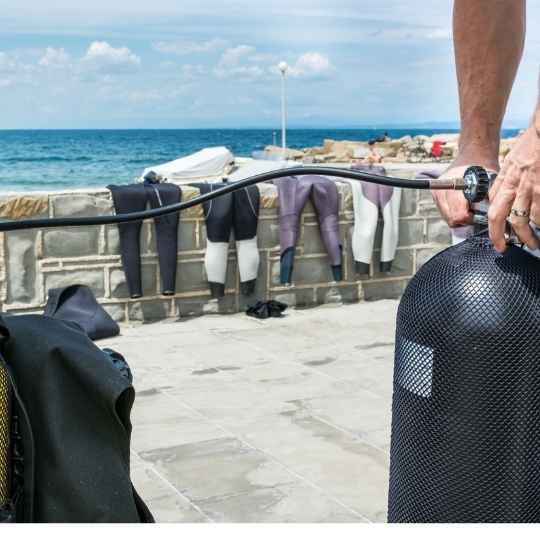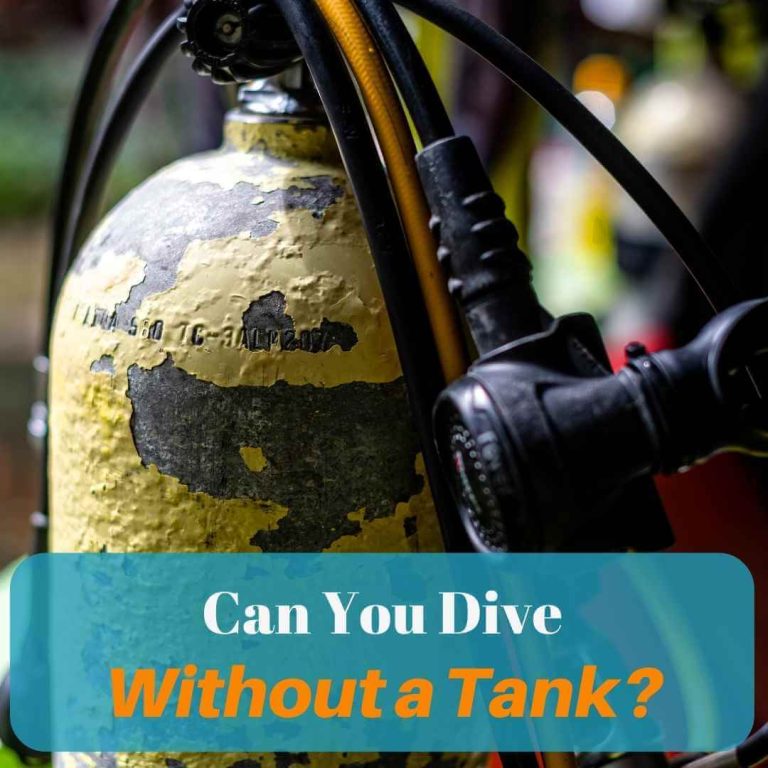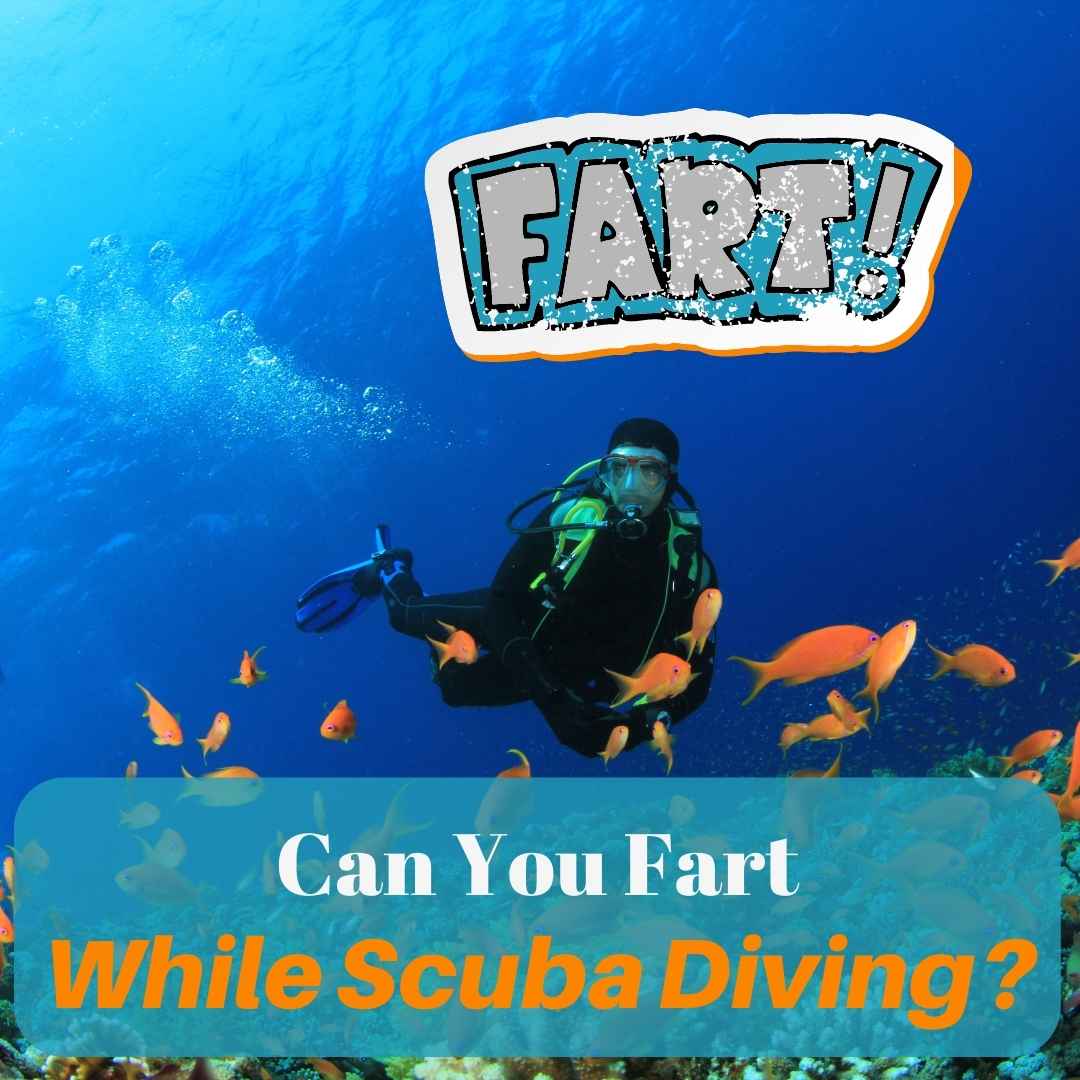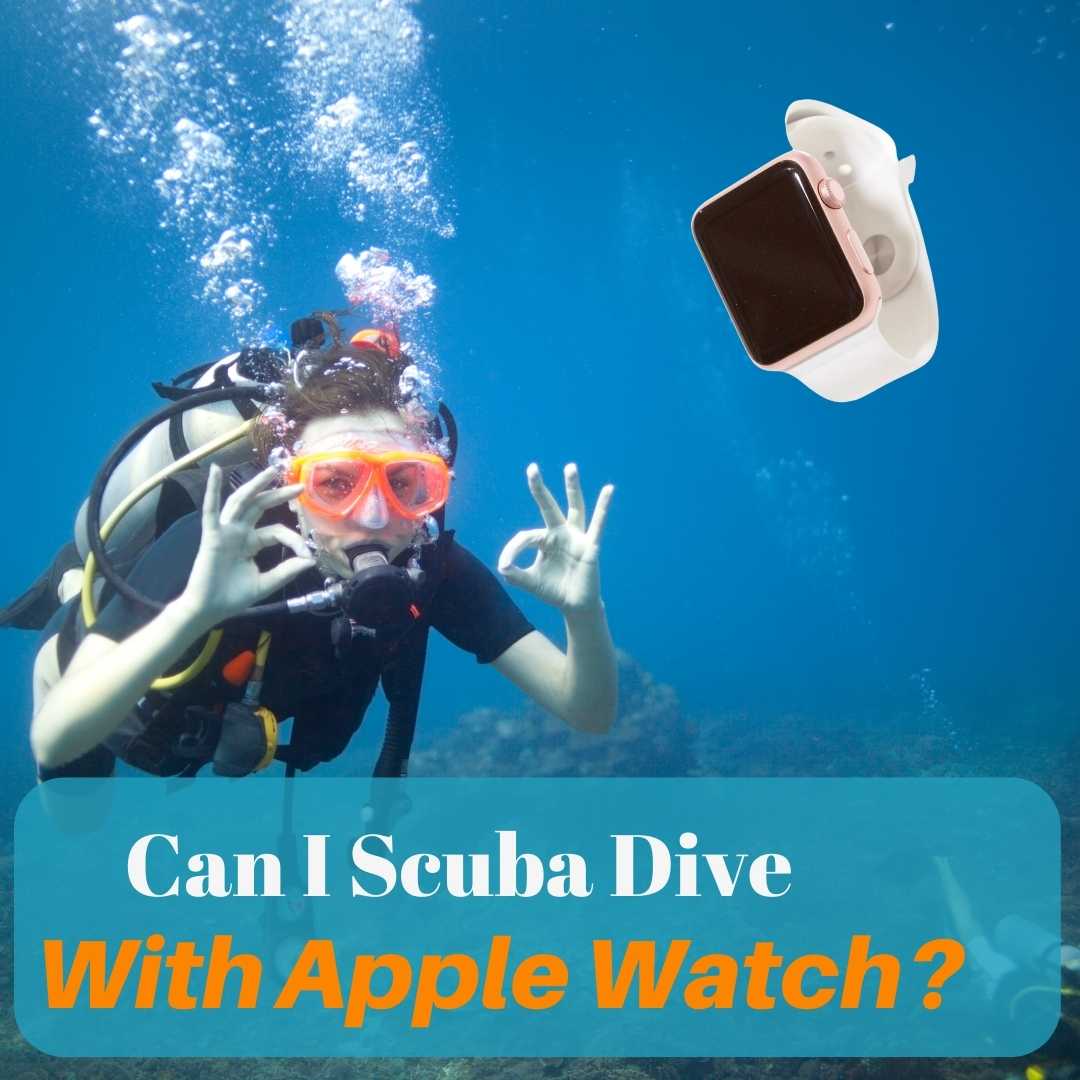In the early days of diving, divers used UBA (underwater breathing apparatus) in which air was pumped via a long hose, from the surface, down to the diver at depth. The deeper the diver went, the faster and harder the surface crew worked to deliver the air. Divers would walk the bottom and the length of the hose would determine how far they could wander.
In the early forties, legendary underwater pioneer Jacques Cousteau experimented with compressing the air inside a cylinder and then using a demand regulator. This created a self-contained unit that could be worn by the diver on his back and thus SCUBA (self-contained underwater breathing apparatus) was born.
Self-contained air and delivery system liberated the diver from surface supply and since then, the tank has been the central piece in diving. But it has not stopped people from wondering if diving without a tank is possible.
So, can you dive without a tank? Yes, there are ways to explore the underwater without a tank. Each of them has its pros and cons which we’ll discuss below.
Table of Contents
Can You Breathe Underwater without A Tank?
Yes, you can, but with limitations and drawbacks. Prior to the invention of scuba, that is how diving would happen. Even today, commercial divers use surface-supplied air, as during extended work, access to unlimited air supply is needed. But there are other ways of diving without a tank too.
Also read: Can You Scuba Dive without Certification?

Ways to Dive Underwater Without a Tank?
You cannot SCUBA dive without a tank, but there are other dive techniques that allow you to explore the depths without a tank.
Free-Diving
Free Diving (a.k.a. breath-hold diving) is one of the more common ways of exploring the underwater environment without a tank on your back. In this sport, divers train their lungs and their bodies for holding their breath for extended periods of time. After taking a few breaths from a snorkel at the surface, they will then descend down for a brief period of time and then come up before running out of breath.
Herbert Nitsch is a world record-holding free-diver who can hold his breath for over nine minutes. His world record dive was to a depth of 830 feet!
Closed Circuit Rebreathers
Closed Circuit Rebreathers (or CCR for short) is an apparatus designed to capture a diver’s exhaled breath, purify it from carbon dioxide and make it breathable by adding a little bit of oxygen. Thus instead of breathing air from a tank, you are recycling your own exhaled air and doing it over and over again via a loop!
In a typical CCR unit, a large conventional scuba tank will be replaced by two smaller bottles. Since you are recycling your own breath, theoretically, you never run out of air. However the unit and its use are subject to certain other time constraints, but it still allows its users to exceed the bottom time in comparison with someone using a tank.
CCR units are preferred by special forces divers such as the US Navy SEALs because unlike a scuba tank, in which exhaled air goes to the surface in the form of bubbles, a rebreather will not release exhaled air. This means that a diver will not give out his or her position underwater by leaving a bubble trail on the surface.
SNUBA Diving
SNUBA is a surface-supplied air delivery system for recreational divers where a diver is breathing through a hose line that goes all the way up to an air-delivery unit, towed on the surface, behind the diver. This bears some semblance to the diving that was done before scuba was invented.
SNUBA does not require any training or certification and divers wear very little gear compared to scuba divers. Since SNUBA divers are connected to the air supply with a hose, they are extremely limited in their depth and how far they can wander for the raft. Most places will limit the depth to 20 feet only.

What are the Risks of Scuba Diving Without a Tank?
In spite of all the new gadgets and advances in technology, the scuba tank remains the most preferred way of exploring the aquatic environment. All other methods have certain shortcomings which have prevented them from replacing the tank for most people.
Free divers are extremely limited by bottom time. Just like a scuba diver, with a tank on his back, can cruise around the reef, pause to take underwater pictures, and then take those pictures again if they did not turn out good. Free diving is very much a touch-and-go technique whose priority is to get to the surface in time.
CCR units are believed to be the future and have already started replacing scuba tanks on extremely deep decompression dives. The problem is that at this point, they do not have the same old reliability of a scuba tank and regulator, and are much more prone to underwater malfunctions.
Divers who dive these units, often carry emergency bail-out gas in cylinders so that they could switch to it when the unit experiences a problem. CCRs are also extremely cost prohibitive as the cost of the unit and training can easily cost you over 10 K. Compared to that, scuba certification and owning your tank and regulator would cost you under one thousand USD.
Also read: Does Scuba Diving Dehydrate You?
Snuba divers are extremely limited by depth. In most cases, you will never be more than 20 feet deep. During rough seas and wave action, short hose length can pull hard on the diver and this makes the system unsafe in conditions where scuba or even free-diving would be safer, even for the same shallow depth. Due to its limitations, there are very few places in the world that can offer this experience, and just like there is a global community of divers who frequently dive and explore the depths as a lifestyle, snuba is mostly available as a one-time tourist experience.
Conclusion
Combining a demand regulator with a scuba tank, brought a revolution in underwater exploration. It liberated divers from the umbilical cord and allowed them to fly free with the air supply on their backs.
Many attempts have been made to liberate the diver from the tank but as of now, the tank continues to hold its place as the most reliable and affordable of all options available to the recreational explorer.




